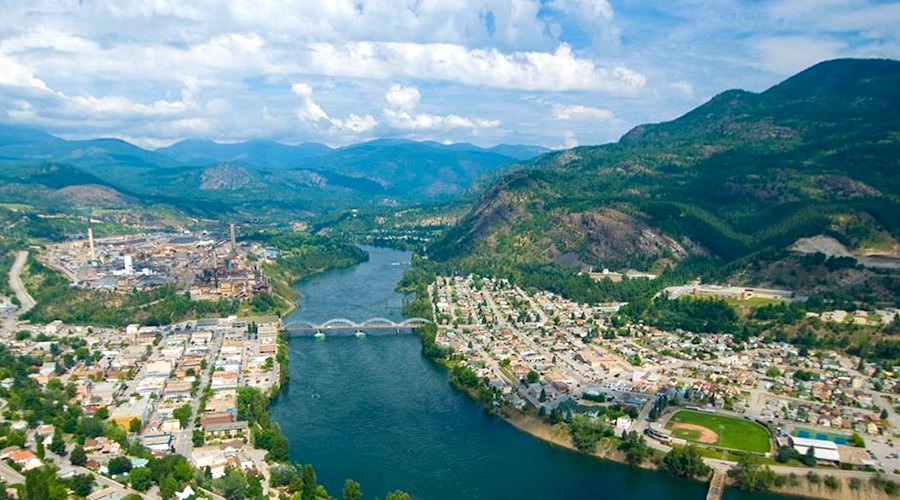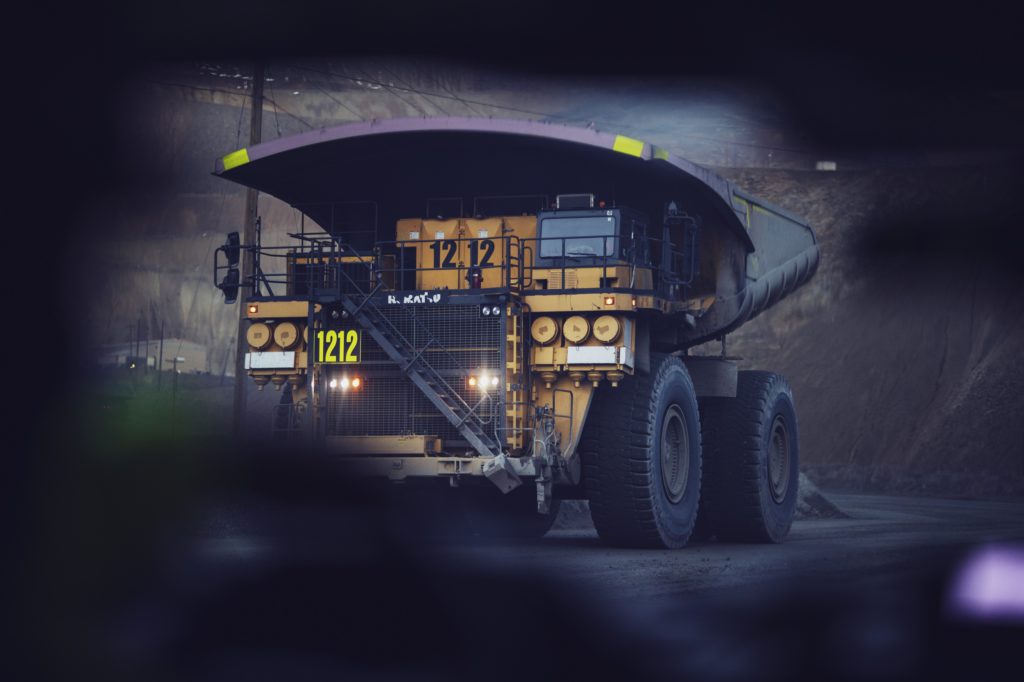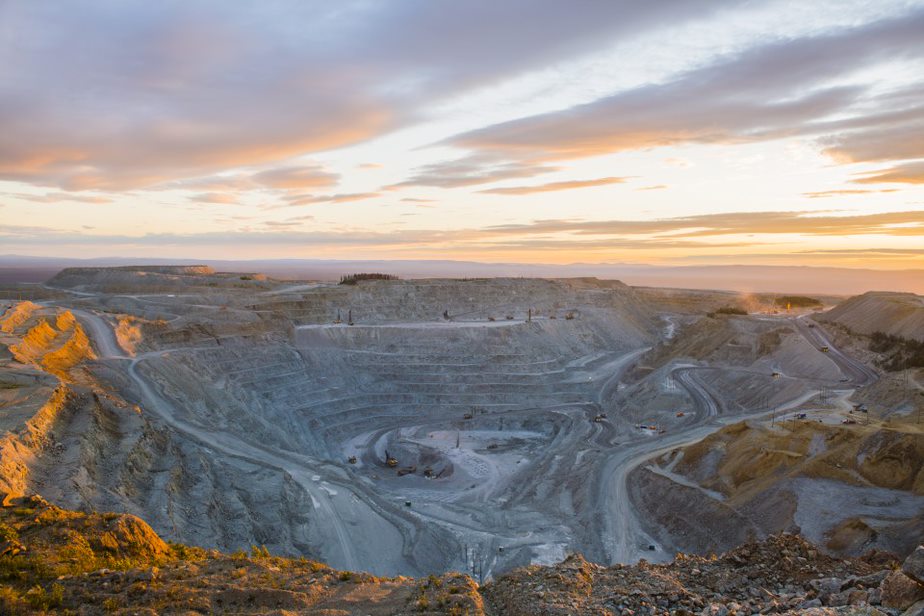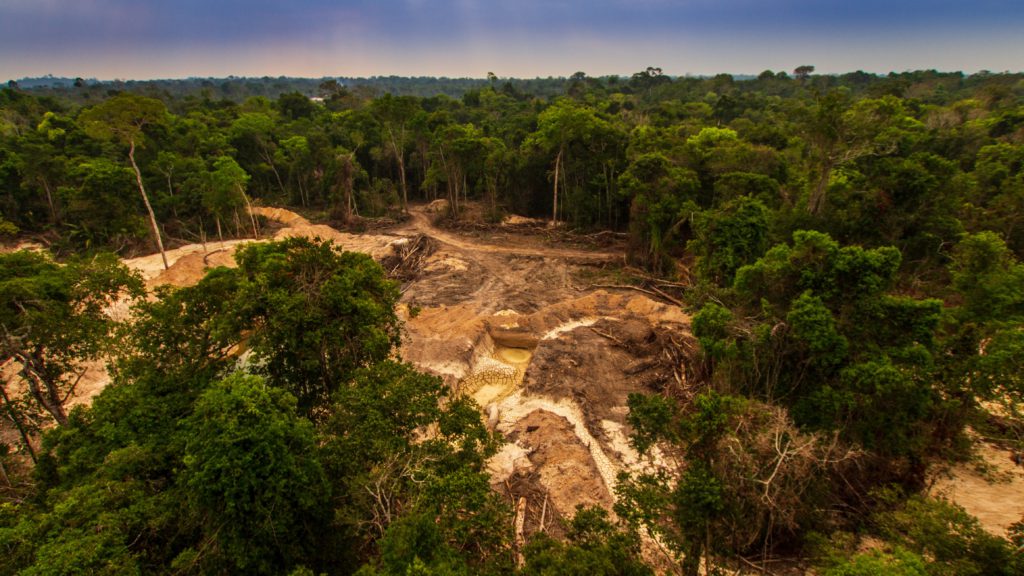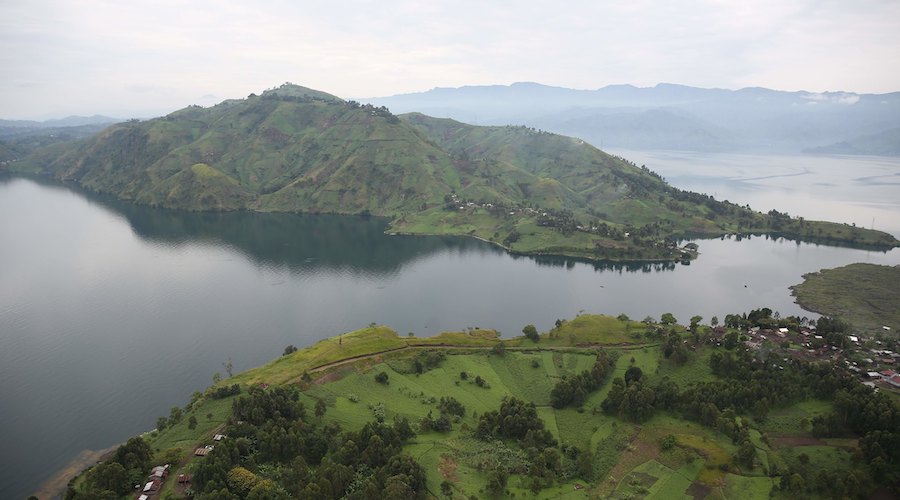Staff Writer | January 11, 2023
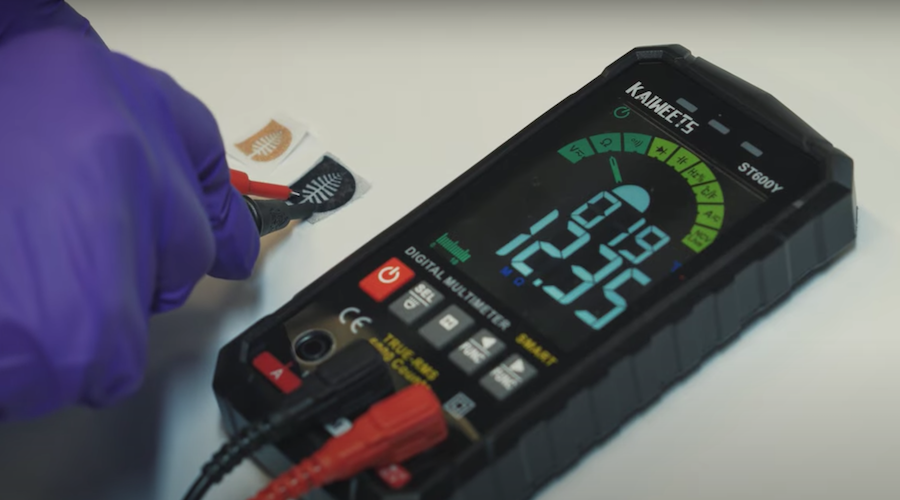
Copper imprinted on fabric (left) is replaced with a metal-organic framework (right) capable of detecting and capturing toxic gases. (Image by Dartmouth College).
Researchers at Dartmouth College have developed a durable copper-based coating that can be precisely integrated into fabric to create responsive and reusable materials such as protective equipment, environmental sensors, and smart filters.

The solution can be a game-changer when it comes to the safety of workers in extractive and other industries because it responds to the presence of toxic gases in the air by converting them into less toxic substances that become trapped in the fabric.
In a paper published in the Journal of the American Chemical Society, the scientists explain that their recent findings build on a conductive metal-organic technology, or framework, they started working on back in 2017. The framework was a simple coating that could be layered onto cotton and polyester to create smart fabrics the researchers named SOFT—Self-Organized Framework on Textiles.
At the time, they were able to demonstrate that SOFT smart fabrics could detect and capture toxic substances in the surrounding environment.
For the newest study, the researchers found that—instead of the simple coating reported in 2017—they can precisely embed the framework into fabrics using a copper precursor that allows them to create specific patterns and more effectively fill in the tiny gaps and holes between threads.
The group noted that the framework technology effectively converted the toxin nitric oxide into nitrite and nitrate, and transformed the poisonous, flammable gas hydrogen sulphide into copper sulphide. They also reported that the framework’s ability to capture and convert toxic materials withstood wear and tear, as well as standard washing.
“This new method of deposition means that the electronic textiles could potentially interface with a broader range of systems because they’re so robust,” the study’s corresponding author Katherine Mirica said in a media statement. “This technological advance paves the way for other applications of the framework’s combined filtration and sensing abilities that could be valuable in biomedical settings and environmental remediation.”
The technique could also be a low-cost alternative to technologies that are cost-prohibitive and limited in where they can be deployed by needing an energy source, or—such as catalytic converters in automobiles—rare metals.
“Here we’re relying on an earth-abundant matter to detoxify toxic chemicals, and we’re doing it without any input of outside energy, so we don’t need high temperature or electric current to achieve that function,” Mirica said.
According to the scientist, future work will focus on developing new multifunctional framework materials and scaling up the process of embedding the metal-organic coatings into fabric.


